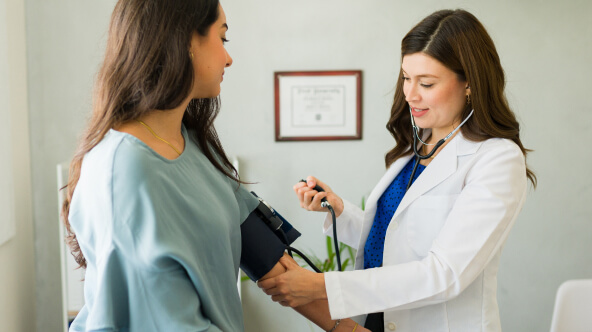Resource Center
All ContentBlogCase Studies
- athenahealth
- October 18, 2024
- 10 min read
7 statistics about how athenaOne EHR beats the competition
athenaOne leads the industry on clean claims, prior authorization management and more. Read more
7 min read
How Patients Use Digital Healthcare Tools
Read how patients digitally interact with practices and what their preferred tools are.

7 min read
Understanding interoperability in healthcare
Learn how interoperability supports clinical decision making, care coordination, value based care.

3 min read
6 ways medical practices leverage healthcare AI
AI in healthcare promises to reduce administrative burden. Here's how.

3 min read
Value-based care, explained
Value-based care is the buzz of US healthcare. See our growing collection of helpful resources on all things VBC.

6 min read
3 ways to help ease administrative burden in healthcare
Research reveals ways to improve healthcare operations.

3 min read
What’s the difference between EHR and EMR?
Does it matter whether you use an EMR or an EHR? Learn why one has clear advantages.

5 min read
2025 healthcare predictions from our network
Get insights from clinicians and practice leaders about what they’re watching for healthcare in 2025.

8 min read
Understanding value based healthcare reimbursement models
How do different value based care programs pay practices? Read our guide to these payment models.

12 min read
How to choose the right value-based care model for your practice
How do you choose the right value based care model? Read our guide to learn which questions to ask.

21 min read
The state of the network, with CEO Bob Segert
Read his perspective on the rapidly changing healthcare industry—and how we plan to support you

7 min read
Examining maternal mental health from a new lens
Research shows that not all new mothers receive the same level of mental healthcare. Learn how telehealth impacts mental health screening for mothers.

6 min read
How to Manage Your Patient Communications Inbox Without Burning Out
As a physician, you know that keeping patients engaged and satisfied is crucial for their health outcomes. Regular and timely communication plays a key role in improving patient adherence to treatment plans, ensuring they follow through with medication regimens, attend necessary appointments, and understand their diagnoses. In fact, consistent







